Vulcano & Ancient City - Vesuvio & Pompeji
- Tobias Heller
- 13. Okt. 2016
- 6 Min. Lesezeit

In case you need to flee out of Naples, the best way to do so is to make a little excursion to either the ancient temples of Pompeii or the volcano Vesuvio, which lures already from afar while in Naples, awaiting to be mounted. Pompeji, in earlier days a wealthy city perished during an enormous and terribly devastating eruption of the nearby Volcano, and with it several other ancient cities, such as Heruclaneum, Stabiae and Oplontis found their doom in the natural disaster.
Sightseeing & City
Pompeji - A city in Ruins
From Naples central train station leaves a special train line called Circumvesuvio, which was especially established to connect the city with the ancient sites and smaller villages spread around the Volcano. I get off the station in front of the entrance gates of Pompeji, where daily tourists are already queuing to get tickets. As it says reduced price for citizens aged under 25, I give it a try and ask for the reduced entry fee, hopefully for the grumpily, wrinkled lady behind the counter not to ask for my ID card. But she does, and I hand it over to her involuntarily she shakes her head emphasizing in a strict and unlovely voice that it says'under 25' and not 'till 25'. I am excusing myself pretending I had assumed 25 was included, and pay the full prize. At least it was worth a try, I am sadly and undeniably getting old.
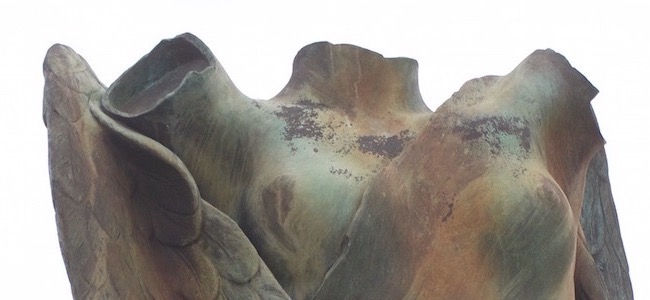

I grab a map to find my way around the wide spread area of the ruins. The first square that I am led to offers remains of old temples, with wonderfully preserved antique corinth columns, armless and partially headless statues standing on pedestals are put here in the front. For me they seem to be too well placed as to be standing here ever since the eruption, so I assume these sculptures have been put here retrospectively. And not only those, several others are spread over the area randomly sitting here and there.


In a long rectangular building several rows with shelves have been put up, containing uncountable numbers of old ceramic vases, basins and water jugs, many of them with broken off parts but quite a good share seems to be flawless except for the dusty dull appearance due to years of storage. Here at the entrance most of the people are still collectively gathered, but the further inside I go, the more they spread in every direction, everyone inventing their own way how to go through the area. Somehow relieved not having to follow a bunchy crowd of others all the while in the site, I take one of the roads that would lead me to the northern end of the park, which also seems quite tranquilized. The floor is covered with large softly rounded stones and it is flanked by numerous leftover ruins, houses that have been built with smaller red bricks. They are partially overgrown by plants, yet only to an extent the park maintainer would allow it to do in order to to on the one hand preserve it but on the other retain the wild and exotic look of the ruins.
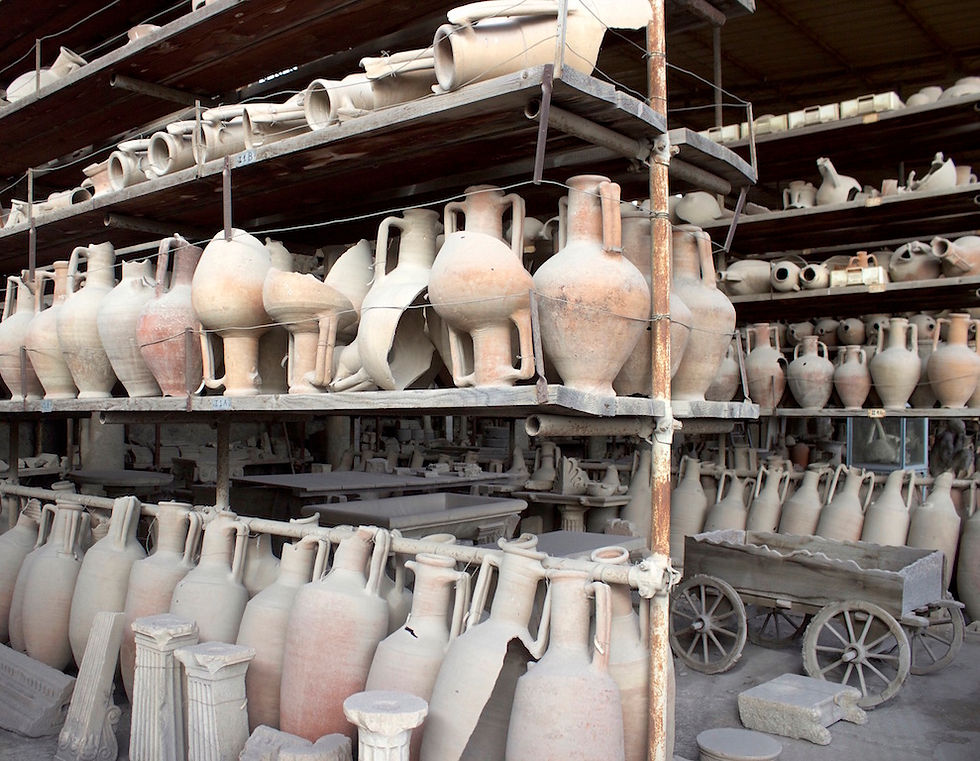
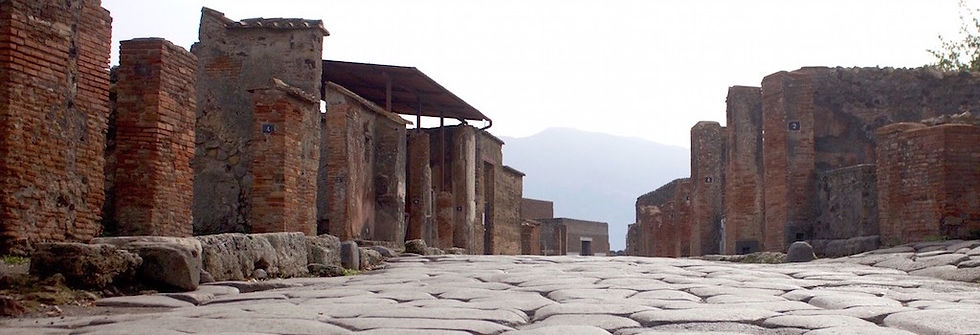
Nearly unbelievable that the city has been completely buried under a pile of ashes, lava and debris that flew out of the volcanos gaping mouth. This besides is the reason why it is so well preserved, it lay there far off from outer natural influences, hidden. In fact it is one of the best preserved antique cities that exist, and because of that it is so well known around the world and of high archeological worth. The area is indeed large, and I spend most of the day in there, trying to cover all the different areas without accidentally skipping any.
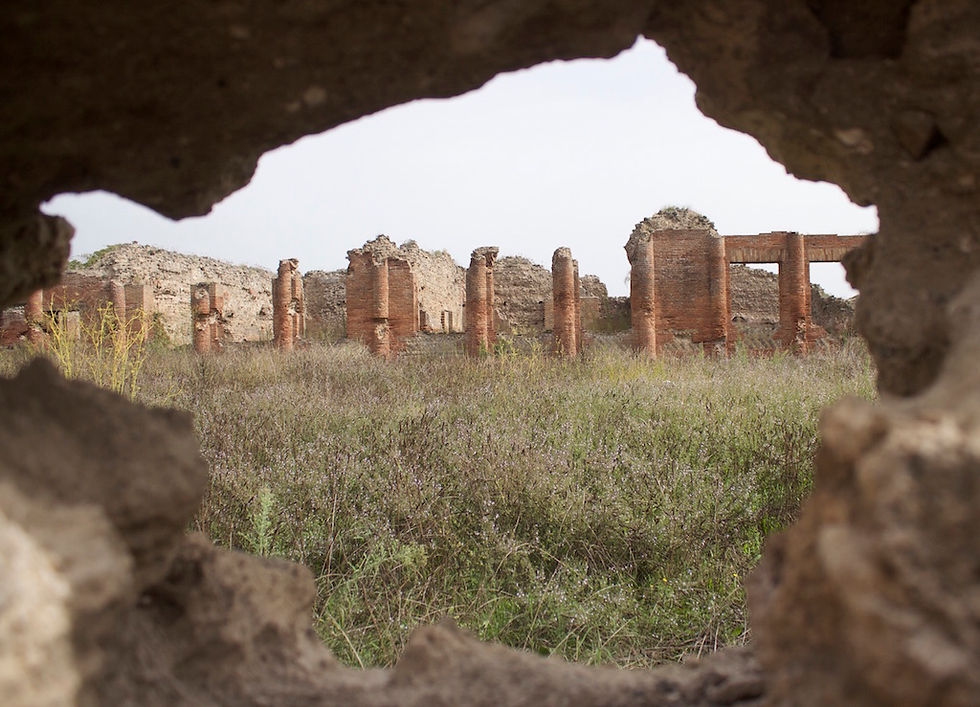

In many parts whole temples are still completely preserved and it is possible to take a look inside, they often include an inner courtyard or garden attached or integrated. In various rooms leftover remnants of the once colorfully and preciously painted walls are still to be found, though faded and the strength of their expression diminished. Remarkable, that the paint they used ages ago still sticks to the surface, on which the tooth of time has taken it's toll.

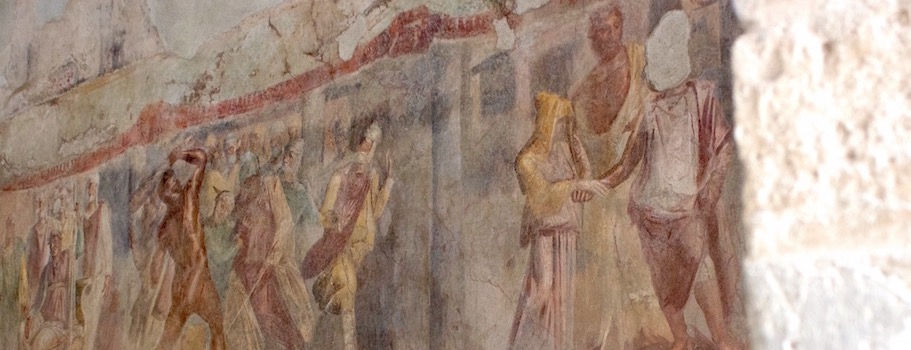


Another big part of the ancient city is located in the southeast. I walk right out of the city streets into an open space in front of a big building, according to my already wrinkled map, those folding edges are ripping it into pieces. This one is the amphitheater, where bloody fights and gruesome performances took place, as well as moreover artistic plays and comedies - a curious mixture. Luckily I arrive before a large group of tourists joins me occupying all the stairs while listening to their tour guide shouting form below, those voice is amplified as it echoes off the half bowl theater. Time to move on. Quickly.


I finish the tour when I arrive at the other side of the ancient city, those vast area took me several hours to stroll around. Here a second entrance is located, from which I leave the temple, though I need to fulfill a half circle around the site, in order to arrive at the train station, where I got off. Naples would be waiting for me once more.
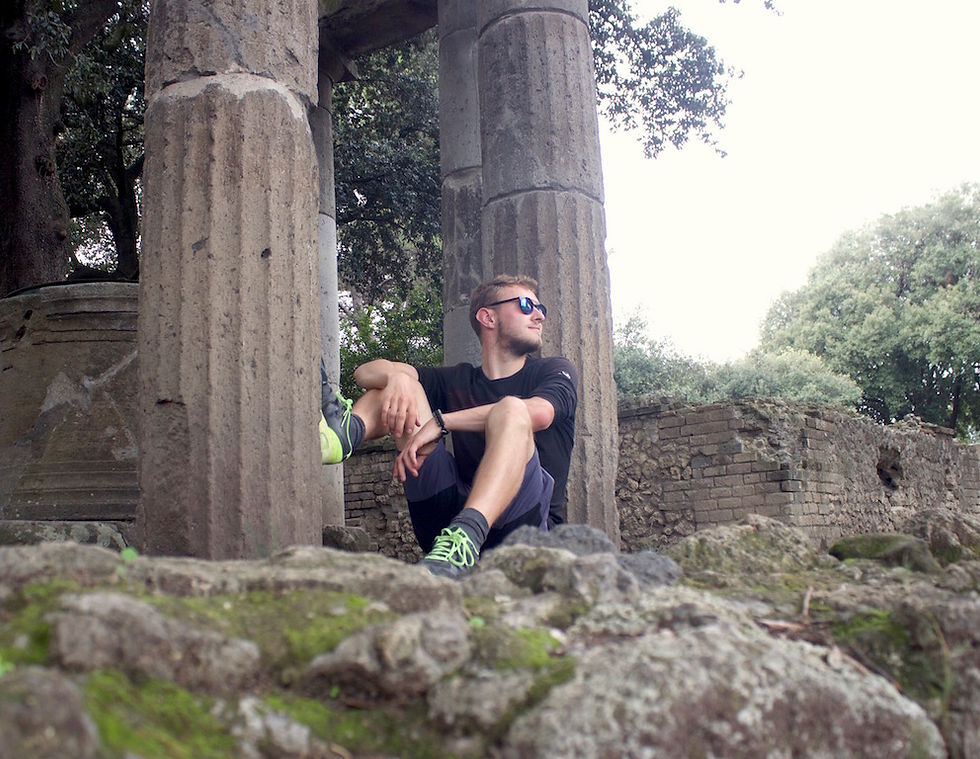
Hiking & Day Trip
A walk around the Edge
One day during my stay in Naples I again take the Circumvesuvio in order to get off at Ercolano, several stations before Pompeji. I carry my camera bag sideways attached to my body, and it happens moreover since I am in Naples, that mainly elderly people point at my bag, telling me to take care about it, as thievery seems to take place frequently. And it so happens that when I get out of the train station, I overhear an older german couple, a silver-haired man groping around desperately in his rucksack, obviously searching for his wallet, which is nowhere to be found - stolen. He mutters swear words under his breath in a high shrieking voice, his wife nevertheless starts shouting viciously at her poor husband. The man already besides himself seems to be shrinking by the minute as his wife keeps throwing insults at the poor man, beads of sweat running down his forehead. I think about interfering and asking if I could offer any help, but before I am able to go there, they somehow decide to run off in any direction. I wouldn't like to be in that man's skin, hopefully she won't strangle him to death.
I attend to the issue at hand - getting up to the crater peak. Here, busses are offered to cover the distance from the station to the entrance of the national park area. Having all day for the volcano, I instead decide to walk all the distance up there - a good hike is always possible, and opting against overcharged buses is always preferable. First of all I have to find the street leading up the way and go out of Ercolano's center - which can be easily done. The whole way up until I finally reach the entrance where I buy the ticket in total takes me about two and a half hour. Continuously I keep following one tarred road that goes up in u-curves, fortunately the street is not too frequented. From time to time a car with tourists would pass by as well as the bus company I refused to take. Overall neither the most amazing hike but nor is it terrible as the view below is nice and the weather is warm and sunny. Besides that, I enjoy the exercise.
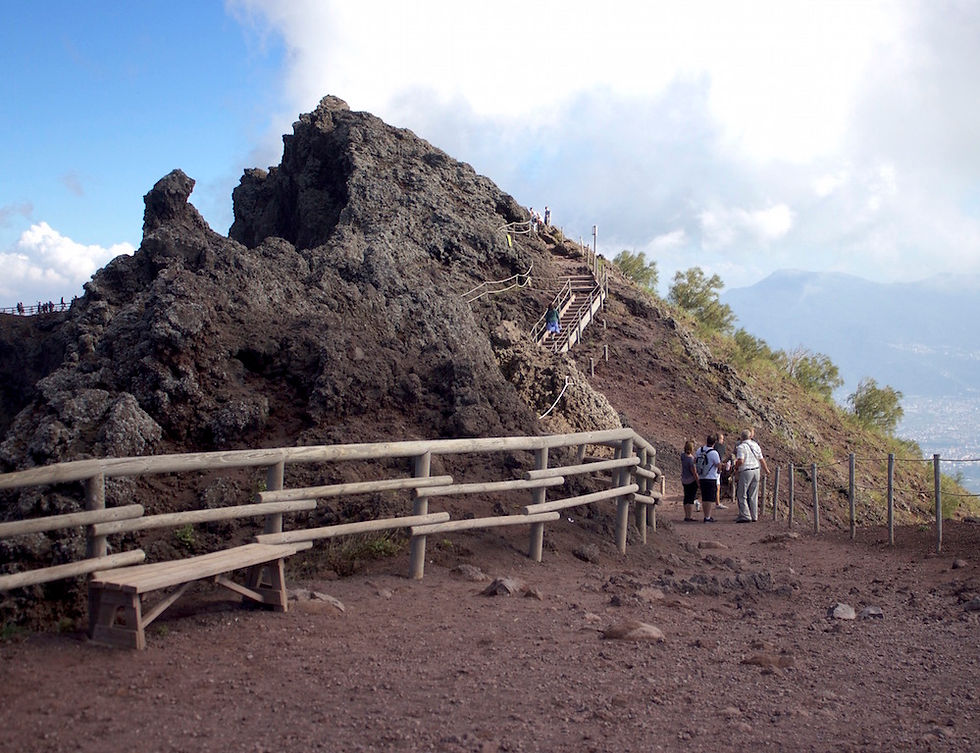
From the entrance another way with wooden pegs thrust into the sandy underground and ropes for security reasons leads upwards to the actual crater. The view over to the bay of Napoli is nice, though a bit dull. I am not sure if it is due to pollution in the air or the natural effect of water droplets rising up - or both. I guess I expected a little bit more than that.The crater itself isn't very spectacular, there actually is not a lot to see, it could be just any random mountain with some stepper stone slopes leading down in the middle. Nonetheless I circle around the crater's grade until I reach the other side's entrance with visitors hiking up from below, a souvenir shop with refreshments strategically placed here. Therefore I am forced to go the way back I actually came from, not going to do a full circle as expected. After taking in the all of the landscape I am surrounded with, I finally climb down back to Ercolano right in time to be at the coast for the sunset. First volcano: done!












Kommentare